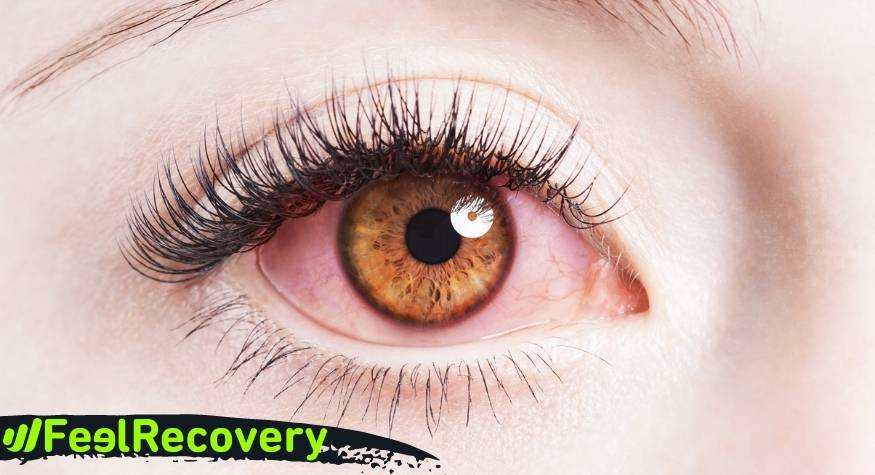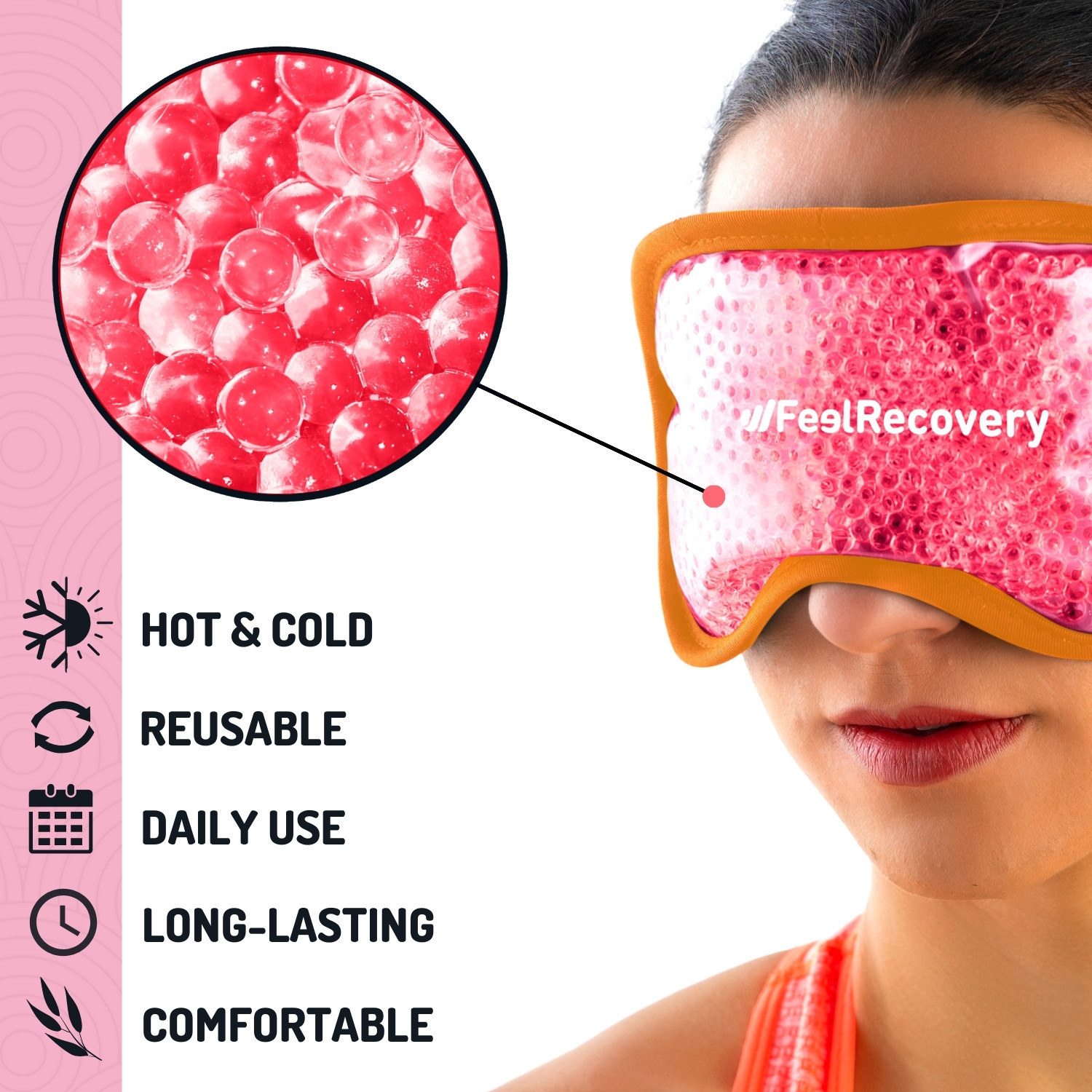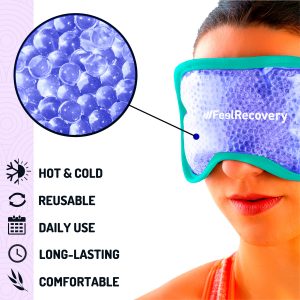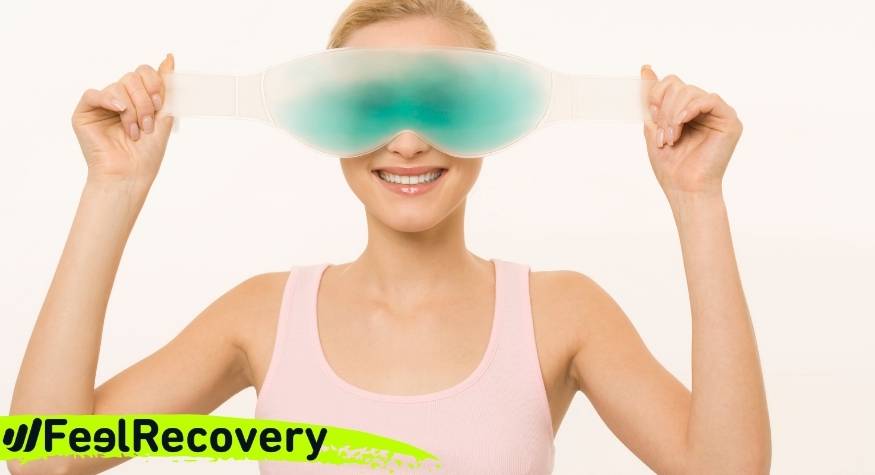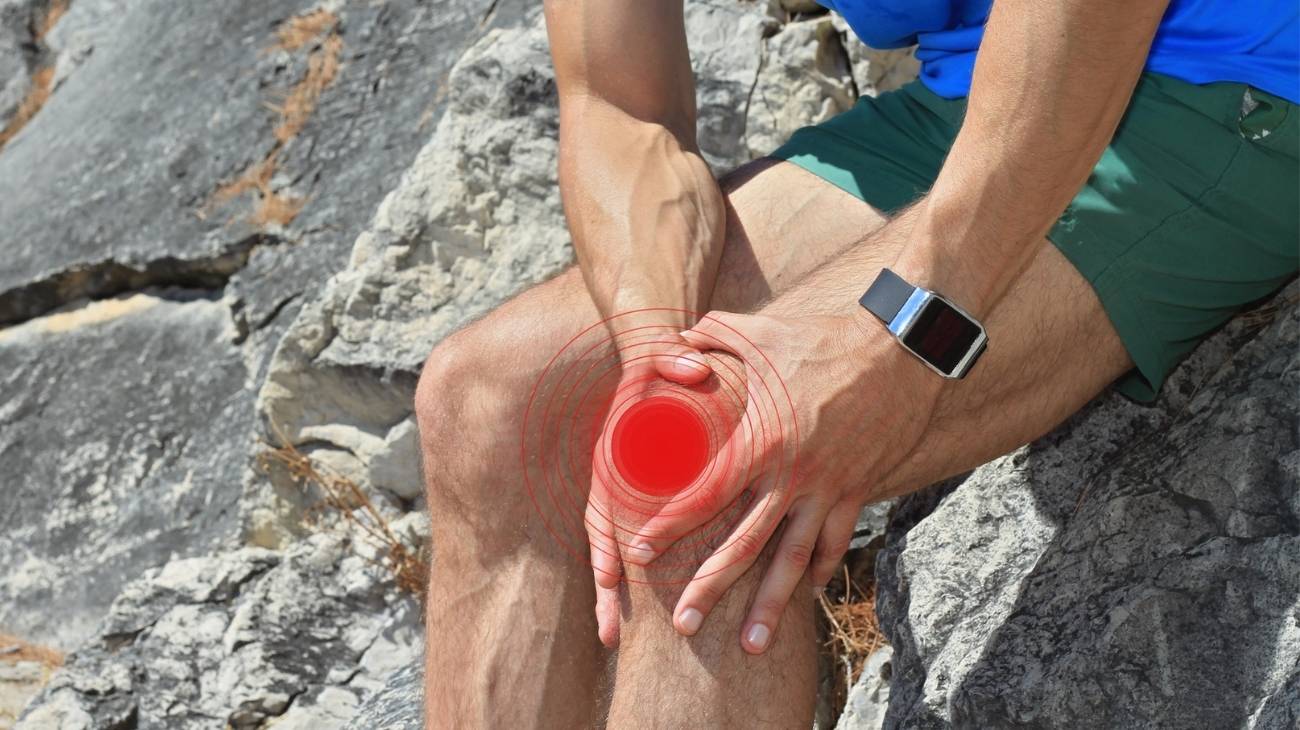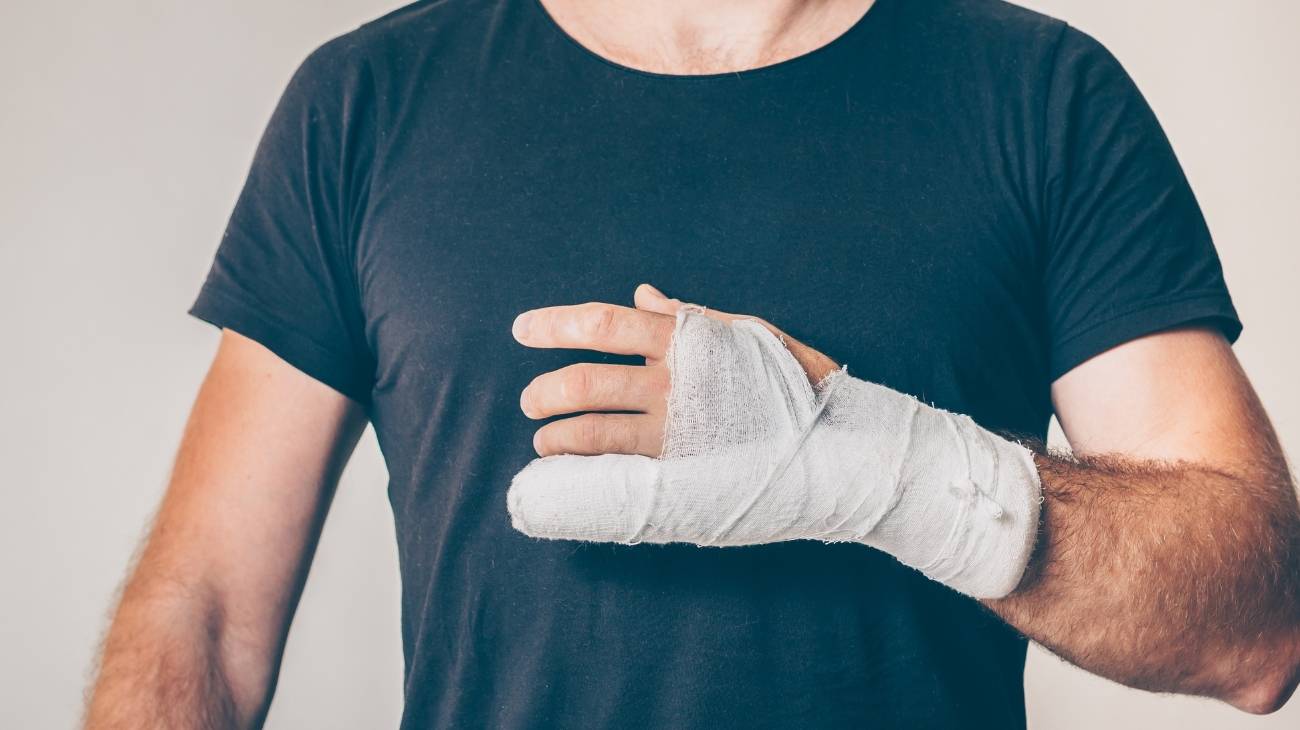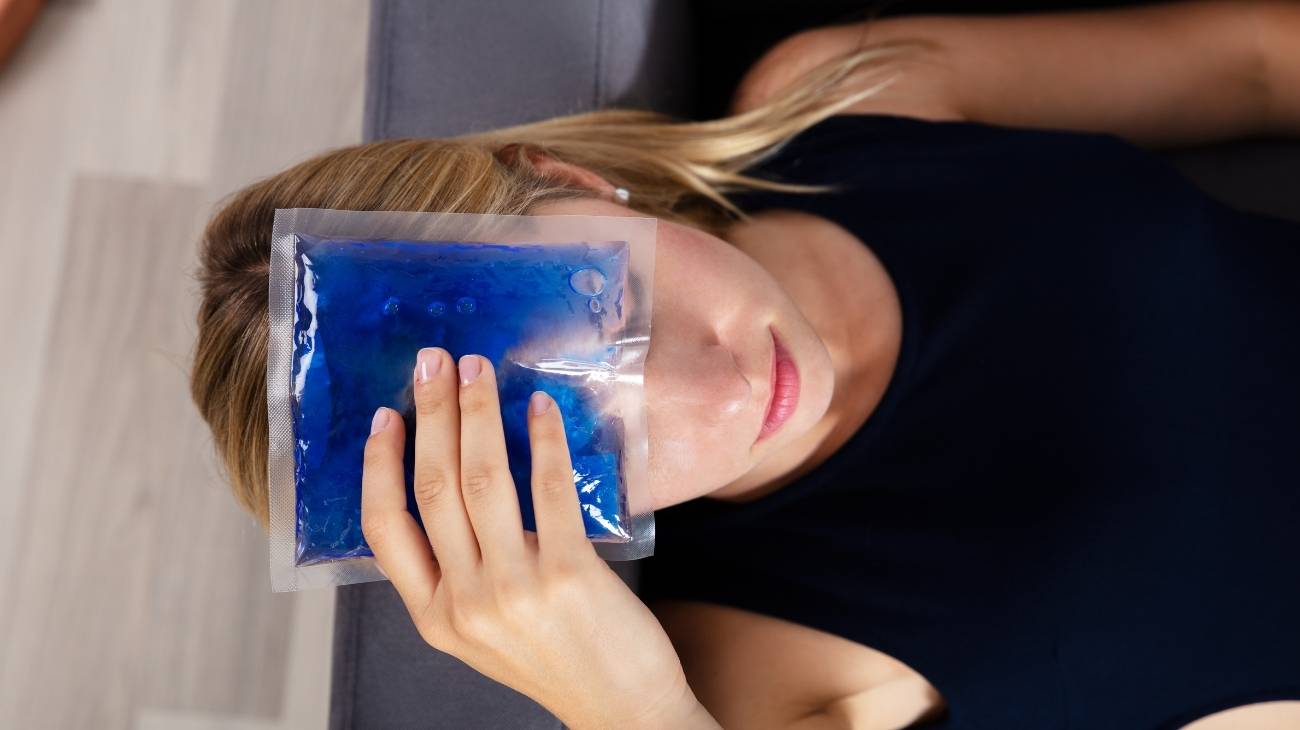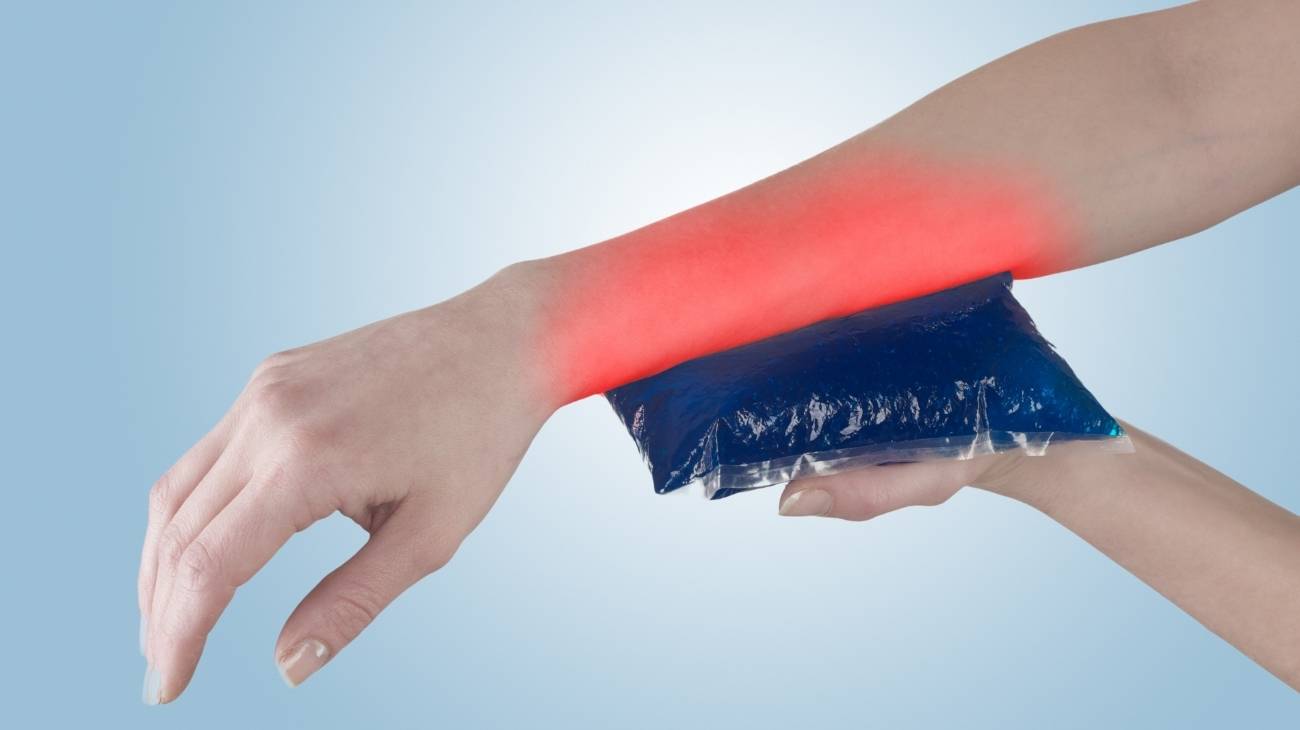Keeping our eyes in good condition is very important for the health of our vision. Blepharitis, sties, itching, dryness, eyes and infections are very common pathologies that can be developed by anyone, causing a lot of discomfort.
Ophthalmology specialists are in charge of diagnosing and indicating the correct treatment for these conditions. Treatment options usually include hot and cold gel packs. Come with us to learn how you can use them correctly to relieve the symptoms of these conditions.
What are the causes and origin of itchy and inflamed eyes from blepharitis?
Blepharitis is an inflammation of the eyelids that can be acute or chronic. It is located where the eyelashes are born and is due to a malfunctioning of the sebaceous glands in that area. This malfunctioning causes an exaggerated production of sebum which leads to inflammation, irritation and itching.
The severity of blepharitis can vary from person to person and can therefore cause discomfort of varying intensity. Blepharitis is closely associated with dry eye. Most people develop it due to a dysfunction of the Meibomian glands.
The most common symptoms that affect people are the following:
- Eye itching: Expresses itself as burning or itching at eye level.
- Tearing: People express it as watery eyes, but it is really due to an excess of tearing.
- Irritation: A reddening of the eye and the sensation of burning can be observed. Some people may express it as a foreign body sensation.
- Crusting: Crusting or peeling can be observed at the base of the eyelashes. These are residues similar to dandruff and generate an unpleasant appearance.
- Madarosis: Madarosis is nothing more than the loss of eyelashes.
- Sensitivity to light: People often develop photophobia or sensitivity to light due to inflammation and irritation of the eyes.
- Blurred vision: Excess inflammation can cause an exudate at eye level that can make vision difficult. Its main characteristic is that blurred vision improves with frequent blinking.
A specific cause of blepharitis is not really known, but it is known that there are many possible causes. Among the most common we can point out:
- Allergies: This is usually due to allergies caused by products placed at eye level. The most common are allergic reactions to eye medications, make-up and contact lens solutions.
- Infections: It is caused by the proliferation of staphylococcus bacteria at the eyelid level. It produces so-called staphylococcal blepharitis. There are also viruses that can cause infection at the eye level.
- Malfunction of the eyelid glands: It is due to a dysfunction or alteration in the functioning of the glands that are on the edge of the eyelid.
- Excess sebum production: This is also due to a dysfunction of the sebaceous glands of the eyelid that cause excess fat. This creates an ideal environment for the growth of bacteria.
- Seborrheic dermatitis: This is a dermatological condition that produces desquamation and irritation of the skin on the scalp, eyebrows and even eyelashes.
- Skin disorders: The two pathologies that most frequently generate blepharitis are psoriasis and rosacea. They cause inflammation, redness and desquamation of the skin, including that of the eyelids.
- Parasites: Some ectoparasites such as mites and lice can proliferate in the eyelashes and cause inflammation.
- Previous eye surgeries: Eye surgeries can generate a decrease in sensitivity at the level of the cornea and produce a low blinking rate. This generates a greater dryness of the eye and conditions inflammation and irritation.
- Prolonged use of computers: Currently this is one of the most common causes due to a reduction in blinking that generates blepharitis due to dry eyes.
It is very important to know that there are several types of blepharitis, among which we can point out:
- Anterior blepharitis: It specifically affects the external part of the eyelid edge. It is due to bacterial or viral infections or to specific skin conditions.
- Posterior blepharitis: In this case the inner edge of the eyelid is affected and has direct contact with the eye. It is generally due to inflammations or dysfunctions of the Meibomian glands. In this type of blepharitis sties, chalazium, among others, can be generated.
- Mixed blepharitis: It is a combination of both types of blepharitis, anterior and posterior. It usually originates when there is a posterior blepharitis and due to bacterial proliferation, anterior blepharitis is generated.
Bestseller
What are the advantages of applying cold to reduce the itching of red and puffy eyes due to blepharitis?
Blepharitis is a condition that must be evaluated by an ophthalmologist. The recommendations and treatment must be followed to achieve a satisfactory evolution of the condition. One of the recommendations usually given by ophthalmologists is to carry out cold therapies such as compresses or gel packs. Cold has many benefits in inflammatory processes such as blepharitis.
Its effects at the level of the tissues generate many advantages among which we can find:
- Reduces inflammation and redness: The cold at the level of the eyelids and eyes generates a vasoconstriction that generates a reduction of the blood flow locally. This decrease in blood flow generates a decrease in eye temperature, inflammation and redness.
- Reduces pain and burning: The cold is an excellent analgesic so it is one of the best options in case of blepharitis. The application of cold causes a blockage at the level of the peripheral nerves which reduces pain and discomfort.
- Relieves edema and swollen eyelids: Applying cold decongests the tissues and reduces the accumulation of liquid at eye level. This is due to a reduction in the metabolism of the tissues that does not allow the liquid to escape into the interstitial space.
- It reduces other allergy symptoms: As a good reducer of tissue metabolism it avoids the release of vasoactive substances which are stimulated in inflammatory processes.
Blepharitis is not a pathology that can be avoided. However, with the use of cold therapies it can improve considerably and be kept under control.
How to use the gel eye mask to reduce the inflammation of eyes and sties?
The eyelid region is very delicate, so when it comes to putting on the cold you must be very careful. The skin in this area is very thin and delicate and can burn and irritate very easily. Fortunately our gel pads can be used directly on the skin of the eyelids. The inside of the gel eye mask has a soft cover that does not allow direct contact with the gel mask.
It is important to select our cold gel masks in the form of a mask so that the eyelid area and eyes are well covered. The cooling process is very simple, just follow the recommendations below:
- Place the eye gel mask in the refrigerator for at least 2 hours. This will ensure that it reaches the right temperature.
- Remove from the fridge and check the temperature of the gel mask by touching it. If it is too cold, leave it outside for a few minutes so that you can use it on your eyes.
- Place the mask over the eyes and allow 10 minutes' exposure time. Leave it to rest for 1 hour and then start the exposure time again.
- Check the condition of your eyelid skin very frequently while you are doing the exposure time. It is preferable to check it every 5 minutes and if there is a change in colour, stop using the mask.
- At the end of each exposure cycle, return the pad to the cold in order to recover the desired temperature.
To help the cold therapy work properly, the following care should be taken:
- Clean eyelids frequently: Keeping eyelids clean is essential to keep the eye surface healthy and thus avoid blepharitis.
- Never leave make-up on before bed: Cosmetics at eye level are the main cause of blepharitis, especially if they are not hypoallergenic. That's why always remove make-up well with eye towels.
- Rinse with plenty of water: During the bath always clean your eyelids with plenty of clean and fresh water, this way you will keep them healthy.
- Control your skin pathologies: if you have a pre-existing skin pathology it is important to maintain an adequate treatment. In this way you will avoid aggravating the conditions and they will affect the eyelids causing blepharitis.

